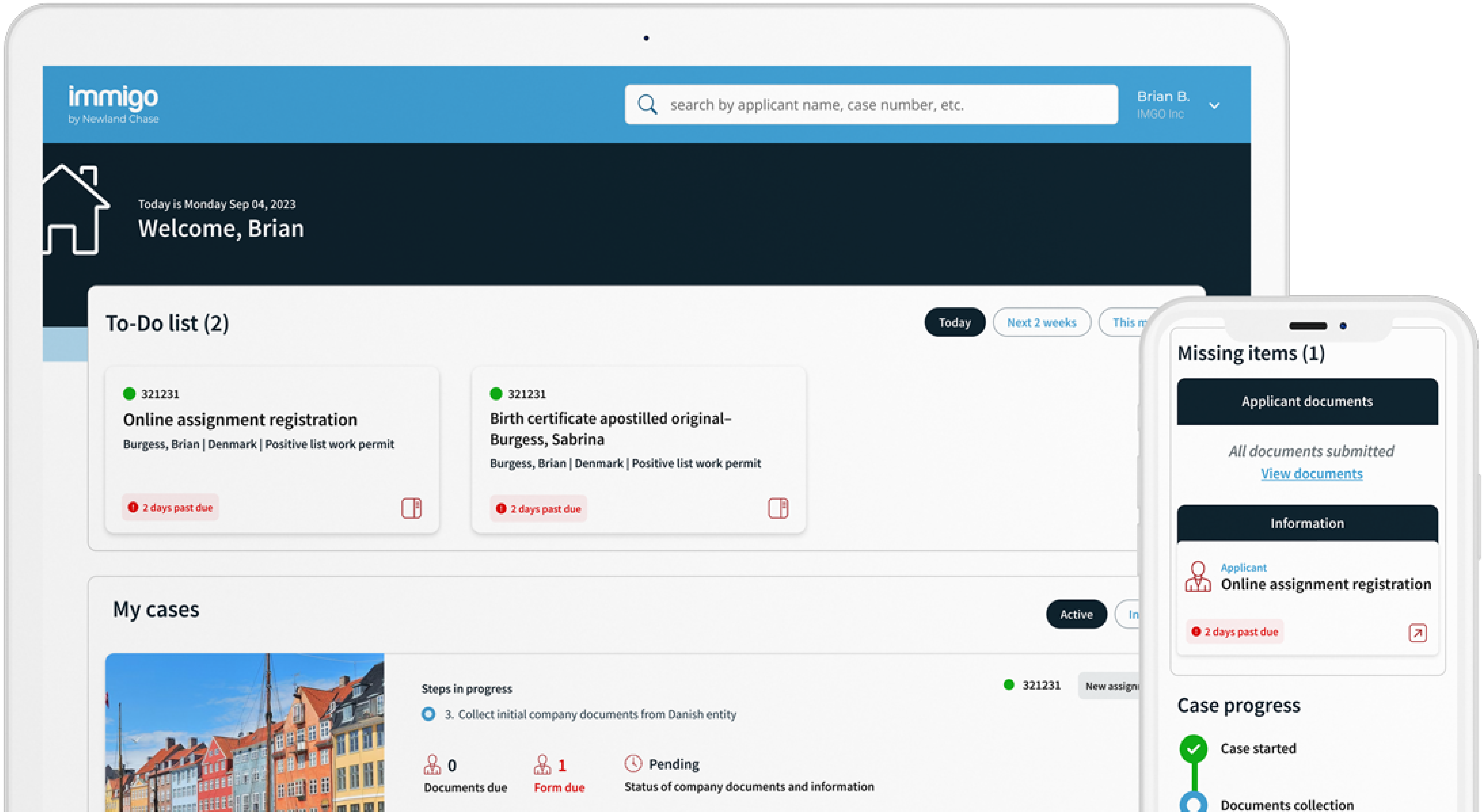Get The Visibility Your Company Needs
Reduce compliance risks and mobility costs while managing individual and project-related travel with ImmiSMART: the solution that unifies your travel and mobility programs.
EU: Increased Immigration Controls Proposed
April 21, 2016
Companies will be aware that European borders are becoming increasingly tighter with controls on entry and general scrutiny on travellers entering this region. As part of the on-going changes within Europe, new proposals have been set out by The European Commission, to enhance the existing immigration and criminal information data management systems.
The proposals have been brought in to protect borders and improve efficiency of immigration and criminal data management across the European Union (EU). With the absence of internal borders within the Schengen area, reliance of effective management of people moving across external borders is becoming critical for governments of all countries.
New proposals for data management
Currently law enforcement authorities within the member states have access to all relevant data, these systems and databases are in place to provide border guards, police offices and other authorities with valuable information. The European Commission found a number of shortcomings in current functionalities, which have resulted in the proposals below:
-
Enable biometric matching which will enhance the process of the current Visa Information System. To reduce the age limit set for children”s fingerprints, and facilitate cross database data comparison.
-
To reform the EURODAC system, in which there will be a finger database function to help identify all asylum seekers.
-
For the current Schengen Information System (SIS), to have its functionality improved by bringing in an Automated Fingerprint Identification System (AFIS), which should help decrease the security gap which currently allows people to use fraudulent documents to avoid exact matching in SIS. With fingerprint introduction it is impossible for anyone to escape a match. There is also discussion in bringing facial images for biometric identification
-
Advance Passenger Information (API) to be enhanced, by establishing automated cross-checking of the data against SIS and Interpol”s SLTD database.
-
Systems to automatically update stolen or lost travel documents through the SLTD database.
-
Passenger information obtained to be standardised through the Passenger Name Records system, which will use passenger information to identify high risk travellers.
-
The Commission is in the process of conducting an evaluation of the Visa Information System (VIS) will be completed this year, various aspects of the system will be looked at, to see if there are possibilities of enhancement.
Proposals for the implementation of new programmes
It was also noted that there are gaps in the EU”S architecture data management, which can cause problems for certain travellers such as, foreign nationals with long term visas. There is also an information gap for foreign nationals, such as Americans, Australians or New Zealanders, who are exempt from visa control. These gaps are among others that have been addressed in the below outline for additional information systems to be implemented.
-
Entry-Exit System, a new border management process, is expected to be implemented in 2020. The proposed new system would register the personal and biometric data, of third country nationals who enter and leave Schengen areas, for up to 90 days out of an 180 day period. This would be an efficient way of detecting all third country nationals, who over stay in the Schengen area.
-
Passenger Name Records (PNR) has an aim to ensure there is cooperation between national systems, and reduce security gaps between member states. This will be achieved by asking specifics within the booking process, this should hopefully identify high risk travellers.
-
A new EU Travel Information and Authorisation System, to allow all visa-exempt travellers to register information regarding their travel, this automatic process of information could help border guards in their assessment of third country visitors to their country.
-
The creation of an Automated Fingerprint Identification System, which would help the current (SIS) to use fingerprint verification, to complement the current system which is based on non-biometric factors such as; name and date of birth.
-
The commission will assess the feasibility and technicalities of a European Police Records Information System (EPRIS), which will hopefully facilitate cross-border access to information that is held in national law enforcement databases.
Due to the proposed changes and tighter controls within the EU borders, companies are advised to ensure that frequent travellers hold the correct visas and are briefed as to the nature of their travel and frequency. This will prevent delays and disruption to their business travel and ensure risk is minimised for both the individual and the business.
It remains to be seen as to how the improvement of these data systems will impact on the high volume of travellers through these borders and we would urge companies to particularly look at their employee population who do not normally require a visa for the Schengen region. Evaluating and assessing the frequency of travel for these employees is not only important from a compliance perspective but also to ensure that the overall time spent within the EU, is tracked and monitored to prevent illegality in duration.
For further information or assistance please contact us at [email protected].




